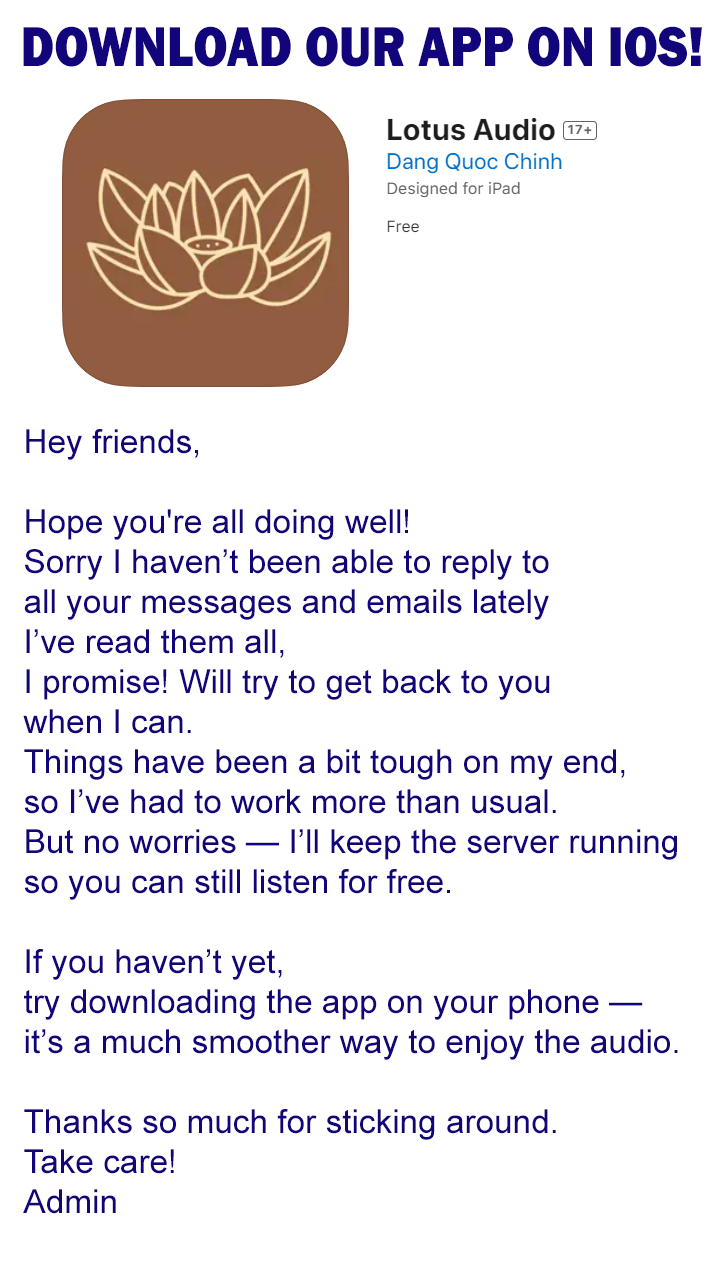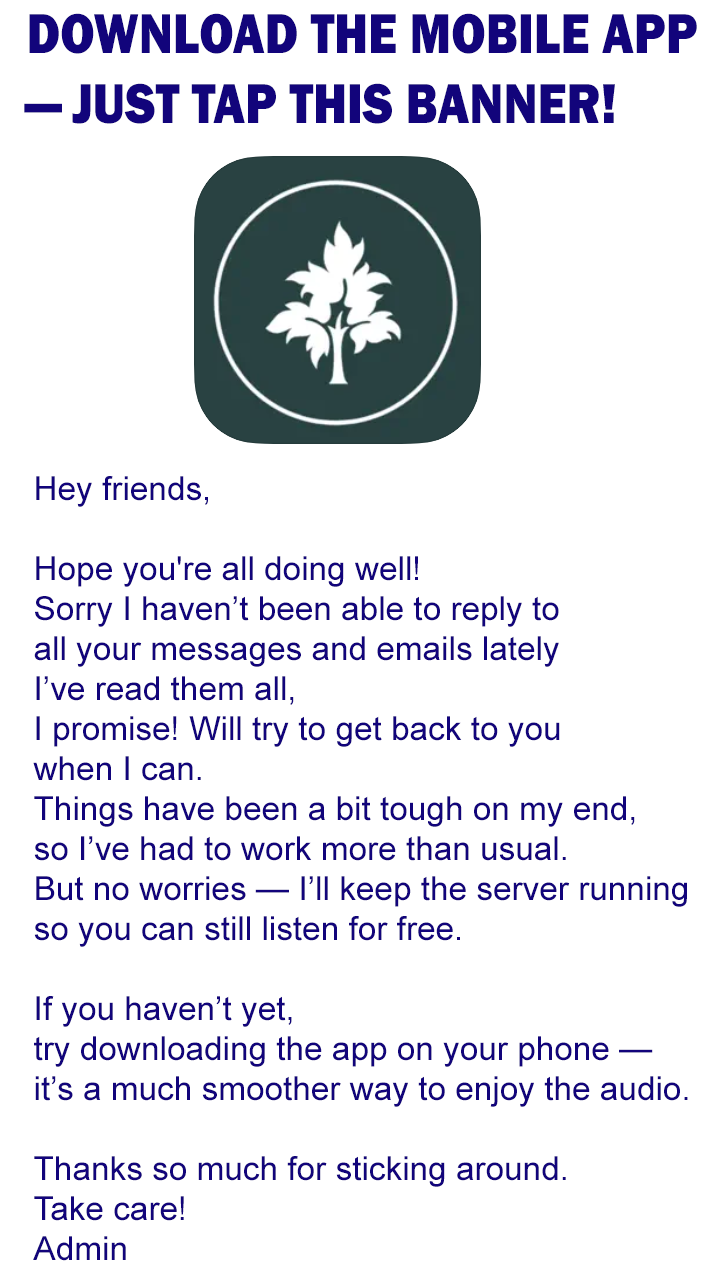This is Good to Great audiobook (please share your thoughts by leave comments and rate this post. Or share more information of this audios in the comment section. Thank @Victoria for sharing this audios). Lets play Good to Great full audios free online in the audio player below.

The first chapter of the book is titled “Good is the Enemy of Great.” In this chapter, Collins argues that many companies settle for being good instead of striving to be great. He suggests that this is because good is comfortable, and it is easy to become complacent when things are going well. However, he argues that companies that want to be great must be willing to make difficult decisions and take risks.
The second chapter of the book is titled “Level 5 Leadership.” In this chapter, Collins introduces the concept of Level 5 leadership, which he defines as a combination of personal humility and professional will. He argues that Level 5 leaders are able to put the needs of the company ahead of their own personal interests, and they are willing to make difficult decisions that may not be popular. He suggests that companies with Level 5 leaders are more likely to become great.
The third chapter of the book is titled “First Who, Then What.” In this chapter, Collins argues that great companies start by getting the right people on the bus and then figuring out where to go. He suggests that companies should focus on hiring people who are passionate about the company’s mission and values, and who have the skills and abilities needed to help the company succeed.
The fourth chapter of the book is titled “Confront the Brutal Facts.” In this chapter, Collins argues that great companies are willing to confront the harsh realities of their situation, even if it means admitting that they are not doing well. He suggests that companies should be willing to ask tough questions and seek out honest feedback in order to identify areas where they need to improve.
The fifth chapter of the book is titled “The Hedgehog Concept.” In this chapter, Collins introduces the concept of the Hedgehog Concept, which he defines as the intersection of three circles: what you are passionate about, what you can be the best in the world at, and what drives your economic engine. He argues that great companies are able to identify their Hedgehog Concept and focus their efforts on it.
The sixth chapter of the book is titled “A Culture of Discipline.” In this chapter, Collins argues that great companies have a culture of discipline, which he defines as a culture of self-discipline and self-control. He suggests that companies should focus on creating a culture where people are empowered to make decisions and take responsibility for their actions.
The seventh chapter of the book is titled “Technology Accelerators.” In this chapter, Collins argues that great companies use technology as an accelerator, rather than a driver, of their success. He suggests that companies should focus on using technology to enhance their core business processes, rather than trying to use technology to create new business models.
The eighth and final chapter of the book is titled “The Flywheel and the Doom Loop.” In this chapter, Collins introduces the concept of the flywheel, which he defines as a self-reinforcing cycle of growth. He argues that great companies are able to build a flywheel that allows them to sustain high levels of performance over a long period of time. He also discusses the doom loop, which is the opposite of the flywheel, and suggests that companies should avoid getting caught in the doom loop.
Overall, Good to Great is a thought-provoking book that provides valuable insights into what makes a company great. The book is well-researched and provides numerous examples of companies that have been able to sustain high levels of performance over a long period of time. The concepts introduced in the book are practical and actionable, and can be applied to any company that wants to improve its performance. The audiobook version of the book is well-narrated and easy to listen to, making it a great option for busy professionals who want to learn while on the go.


